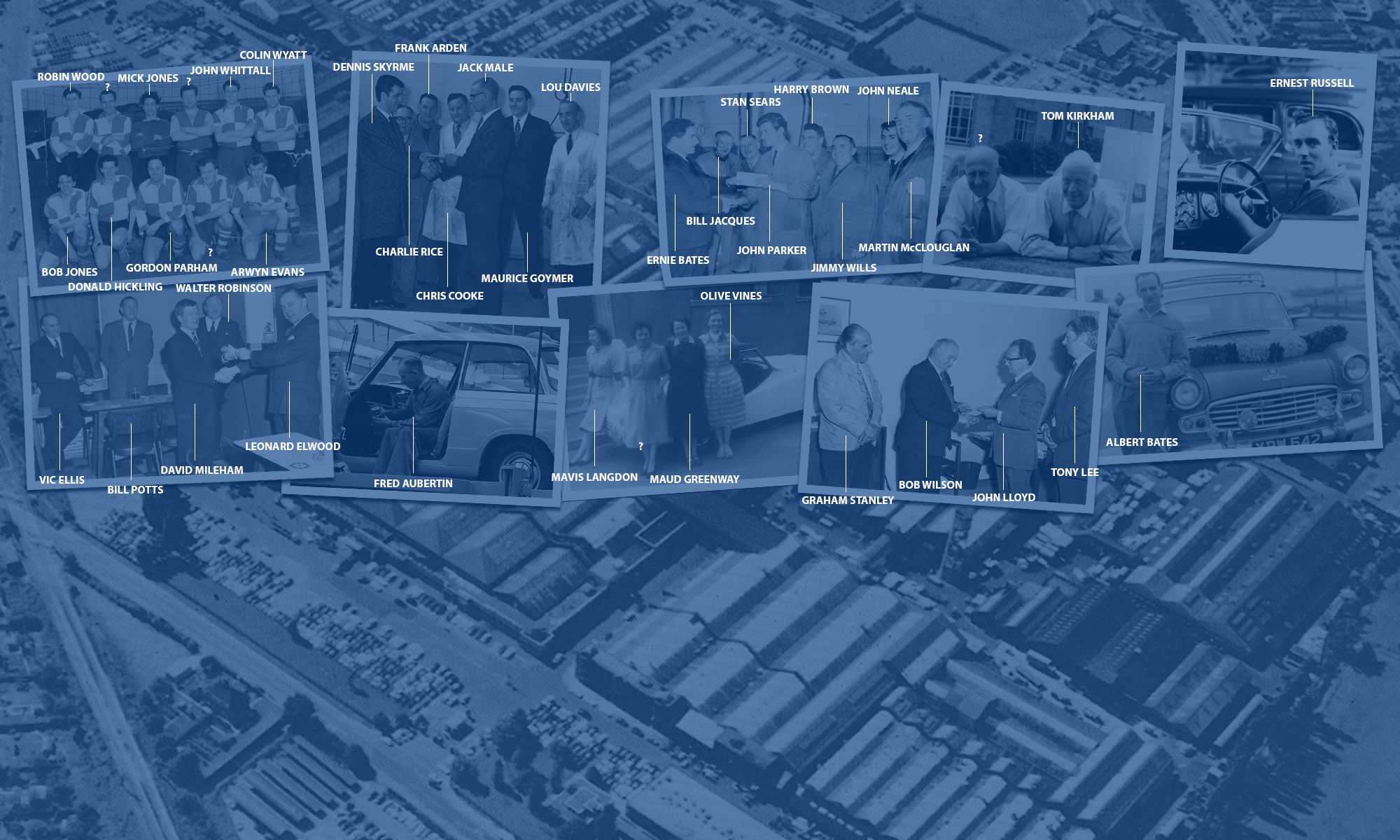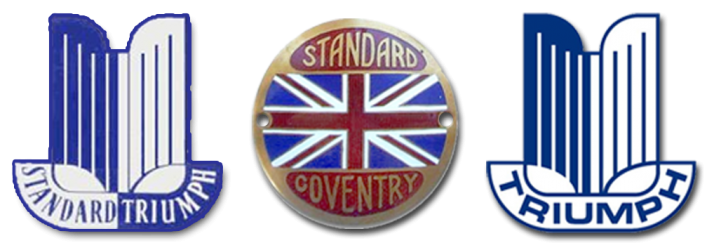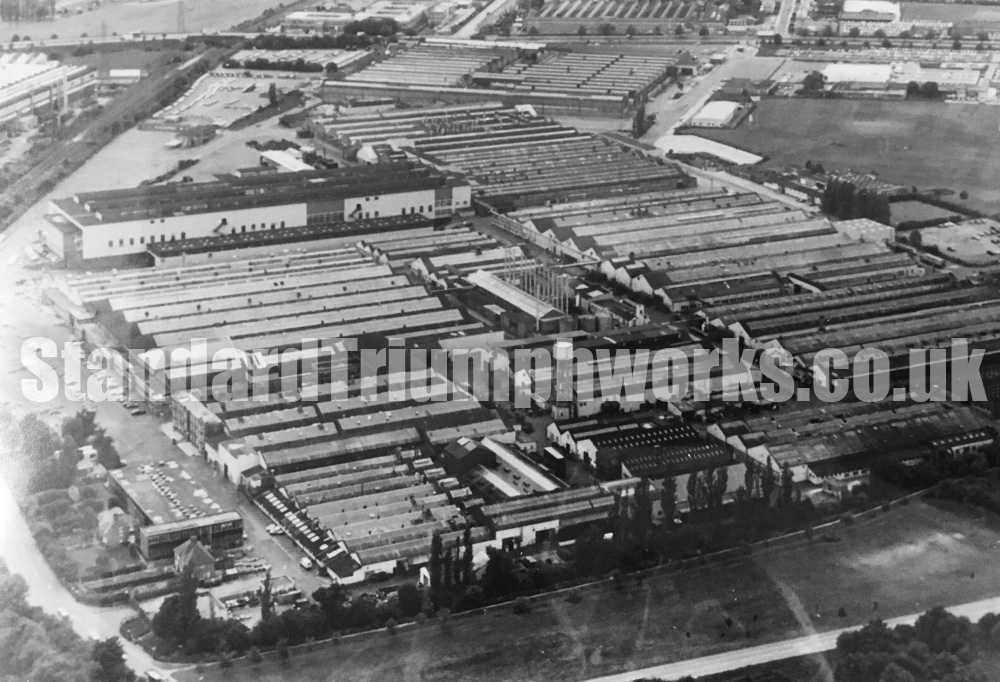BILL NORTH (68) a finisher in Herald Trim, retired after long service. Continue reading “Bill North – Finish, Herald Trim”
Fun and Games in the Wages Dept.
Wages personnel at Fletch South are keen on indoor games at lunchtime. Continue reading “Fun and Games in the Wages Dept.”
Aero Division
A find photograph, possibly from wartime production, depicted as Standard Aero Works. Continue reading “Aero Division”
Charles Friswell – Managing Director
Sir Charles Ernest Hain Friswell (1871–1926), Managing Director of the Standard Motor Co and Friswells. Continue reading “Charles Friswell – Managing Director”
Ex-Employees Delivery Agency
Ex-Employees Delivery Agency established. Continue reading “Ex-Employees Delivery Agency”
1957 Motor Show
Two more staff members from the 1957 Earls Court Motor Show. Continue reading “1957 Motor Show”


